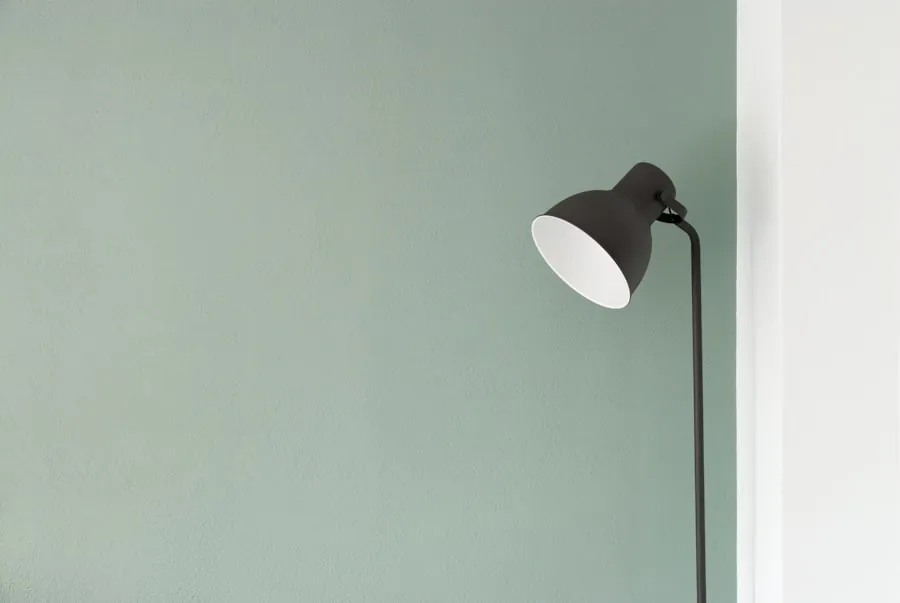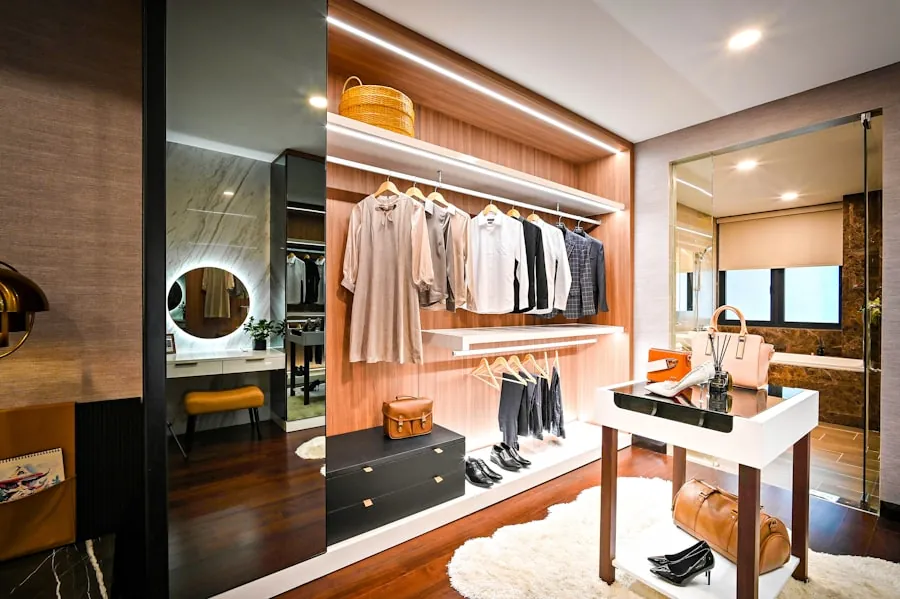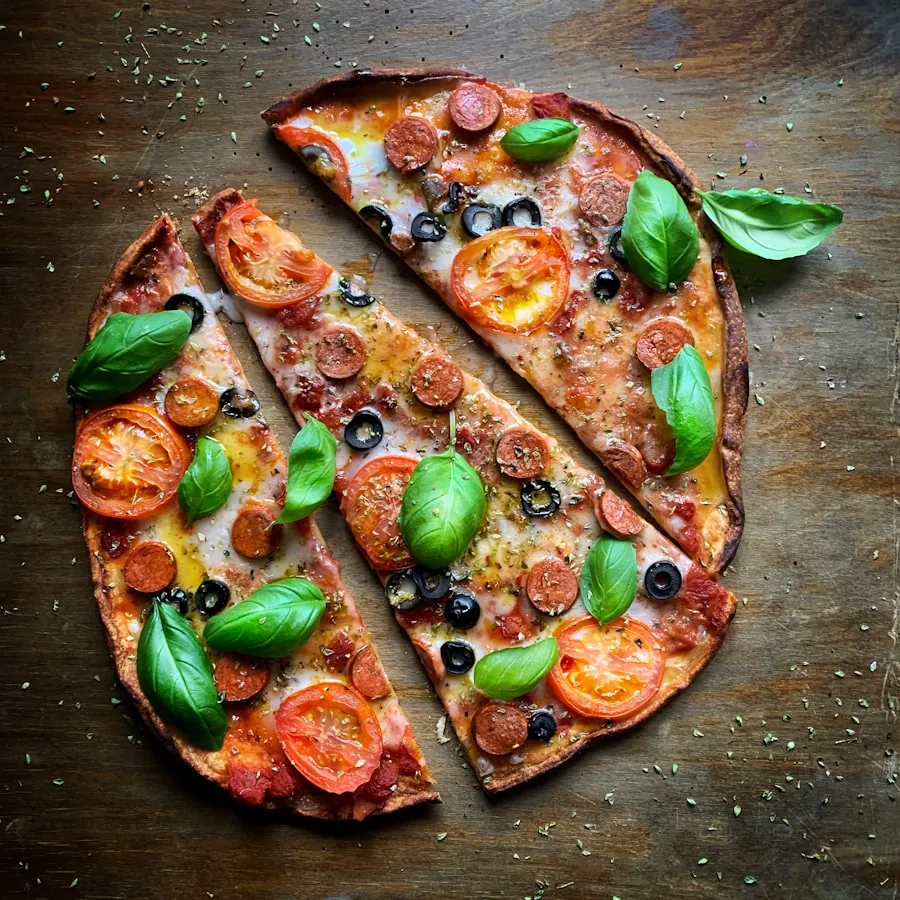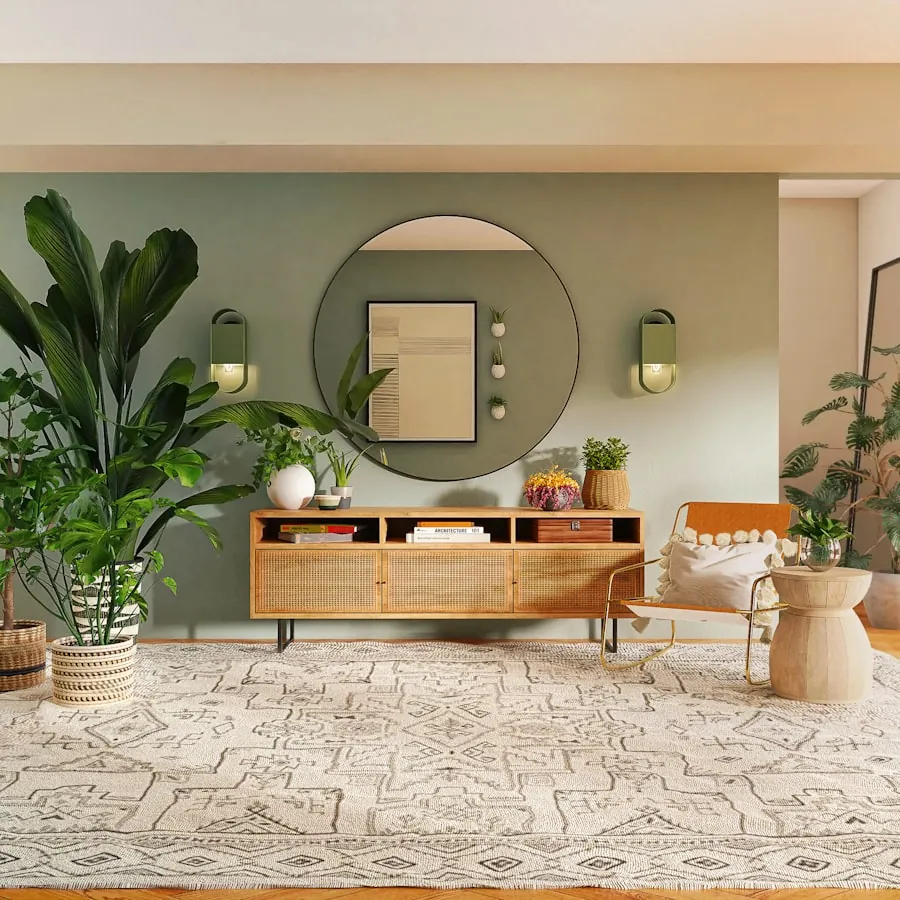
Getting Started with Minimalism: A Beginner's Guide
Minimalistic Happiness Team
Minimalism isn't just a design aesthetic—it's a way of life that can lead to greater clarity, purpose, and happiness. But where do you begin? This guide will help you take your first steps toward a more intentional life with less clutter and more meaning.

I still remember the moment I realized I needed to change my relationship with possessions. I stood in my crowded apartment, surrounded by things I'd spent years accumulating—clothes still bearing price tags, gadgets used once and forgotten, decorative items that no longer brought me joy but somehow felt impossible to part with. Despite having "everything," I felt overwhelmed, anxious, and strangely empty.
That evening, a friend sent me a documentary about minimalism. What resonated wasn't the aesthetic of sparse white rooms that I'd previously associated with minimalism, but the stories of people who had found greater fulfillment by simplifying their lives. They didn't seem deprived—quite the opposite. They appeared liberated.
My journey into minimalism began the next day. It wasn't always easy, and there were moments of doubt and attachment along the way. But six years later, I can confidently say that embracing minimalism was one of the most transformative decisions of my life. Not because of what I gave away, but because of what I gained: mental space, financial freedom, and a clearer sense of what truly matters to me.
What is Minimalism?
At its core, minimalism is about intentionality. It's the practice of identifying what adds value to your life and eliminating everything else. Minimalism isn't about living in an empty white room or owning exactly 100 items—it's about creating space for what matters.
During a recent workshop, participants expressed their initial skepticism about how minimalism could work for families with children. Six months later, many shared how minimalism had transformed their chaotic households into more harmonious homes. They still have toys and sports equipment and all the things a family needs, but now everything has a purpose and a place. The mental load of managing their home has decreased dramatically.
The essence of minimalism lies not in having less, but in making room for more of what matters. It's not a practice of deprivation but one of curation. By thoughtfully selecting what deserves a place in your life—whether that's objects, commitments, or relationships—you create space for deep satisfaction rather than shallow consumption.
Why Choose Minimalism?
People are drawn to minimalism for different reasons:
- Mental clarity: Less physical clutter often leads to less mental clutter.
- Financial freedom: Buying fewer things means saving more money.
- Environmental impact: Consuming less reduces your environmental footprint.
- Time abundance: Fewer possessions mean less time spent cleaning, organizing, and maintaining stuff.
- Focus on priorities: When you remove distractions, you can focus on what truly matters to you.
Many people discover minimalism after realizing how much of their income goes toward housing and possessions they rarely use. After embracing minimalism, they often downsize to smaller spaces and reduce unnecessary spending. Within months, they eliminate significant debt and build emergency funds. The financial impact is significant, but the psychological freedom of not being beholden to possessions is priceless.

Starting Your Minimalist Journey
1. Begin with the Why
Before decluttering a single drawer, take time to reflect on why minimalism appeals to you. What do you hope to gain? More time? Less stress? Financial freedom? Having a clear "why" will keep you motivated when the process gets challenging.
I encourage clients to write a personal minimalism mission statement. For instance, Maria wrote: "I'm choosing minimalism to create a peaceful home environment that supports my creativity and allows me to be fully present with my family rather than constantly managing our stuff." This statement became her touchstone during difficult decluttering decisions and helped her family understand the purpose behind the changes.
2. Start Small
Don't try to minimize your entire life in a weekend. Begin with a single drawer, a closet, or even just your phone apps. Small victories build momentum.
I learned this lesson the hard way when I attempted to overhaul my entire apartment in one ambitious weekend. By Sunday evening, I was surrounded by half-sorted piles, feeling overwhelmed and ready to abandon the project entirely. A wiser approach would have been starting with my sock drawer or medicine cabinet—smaller spaces where the transformation would be complete and satisfying, building confidence for bigger challenges.
Aneel, a recent minimalism convert, shared his experience: "I started with my car, which had gradually become a mobile storage unit. Clearing it out took just an hour but made a significant difference in how I felt every time I drove. That small success motivated me to tackle bigger spaces."
3. The Four-Box Method
When tackling an area, sort items into four categories:
Decision-making is the heart of the decluttering process, but facing hundreds of individual choices about your possessions can quickly lead to decision fatigue and overwhelm. The four-box method provides a simple framework that makes these decisions more manageable by creating clear categories for every item you encounter. This systematic approach transforms what can feel like an emotional and subjective process into something more structured and actionable:
- Keep: Items you use regularly and that add value to your life
- Donate/Sell: Items in good condition that could benefit someone else
- Trash/Recycle: Items that have reached the end of their useful life
- Maybe: Items you're unsure about (revisit these after 30-90 days)
Many people who struggle with sentimental items find the maybe box transformative. They initially worry about letting go of things that feel important, but the maybe box gives them permission to set those difficult decisions aside without feeling like they might regret something. The surprising part is that after 90 days, they often can't even remember what was in the box without looking. That reveals how little those things actually mattered in their daily life.
4. Ask the Right Questions
For each item, ask yourself:
Our decision-making around possessions is often clouded by emotion, habit, and cognitive biases that make it difficult to be objective about what truly deserves space in our lives. Having a set of thoughtful questions creates a filter that bypasses these biases and gets to the heart of an item's actual value to you now—not in the past or in some hypothetical future. These questions shift your focus from abstract attachment to concrete utility and genuine joy:
- When was the last time I used this?
- Does it serve a purpose in my life now (not in a hypothetical future)?
- Would I buy this again today?
- Does it bring me joy or make my life easier?
- If I lost this, would I replace it?
These questions help bypass the common justifications we use to keep unnecessary items. "I might need it someday" or "It was expensive" are rationales that can keep us tied to possessions that no longer serve us.
The last question—"If I lost this, would I replace it?"—has proven especially clarifying for many people. Robert, an artist with an overflowing studio, used this question to help pare down his extensive collection of supplies. "I realized I had five different types of specialized paints that I hadn't touched in years. If they disappeared tomorrow, I wouldn't buy them again. That made the decision to donate them to an art school much easier."

5. Digital Minimalism
Don't forget your digital life! Unsubscribe from email lists, delete unused apps, organize your files, and curate your social media feeds.
Many marketing professionals are surprised to discover that their digital clutter affects them as much as their physical possessions. After spending one dedicated weekend unsubscribing from newsletters, creating email filters, and deleting unnecessary messages, they experience immediate relief. Maintaining 'inbox zero' most days helps their digital environment feel as peaceful as their physical one.
6. Practice Mindful Consumption
Going forward, be intentional about what you bring into your life. Before making a purchase, wait 24-48 hours and ask yourself if it's necessary, if it will add value, and if you have space for it.
I've found that implementing a simple "one in, one out" rule helps maintain the benefits of minimalism after the initial decluttering. When I want to buy a new shirt, I identify one to donate. This pause creates space to consider whether I truly need or want the new item, and ensures my possessions don't gradually accumulate again.
Caroline, a former self-described "shopaholic," created a more structured approach. "I keep a running wish list of things I want to buy, but I've implemented a 30-day waiting period. If I still want something after a month, I can purchase it. About 80% of the time, the urge passes, which has saved me thousands of dollars on impulse buys."
Common Minimalist Myths
Misconceptions about minimalism often prevent people from exploring this lifestyle or cause them to approach it in unsustainable ways. These myths create false expectations and unnecessary barriers, making minimalism seem extreme or inaccessible rather than the flexible, personalized approach it truly is. By addressing these common misunderstandings, we can create a more nuanced and realistic understanding of what minimalism actually entails:
- Myth: Minimalism means living like a monk. Reality: Minimalism looks different for everyone—it's about keeping what adds value to YOUR life.
Many passionate cooks maintain a kitchen full of quality tools and ingredients because cooking brings them immense joy and connection with their cultural heritage. What makes their kitchen minimalist isn't its sparseness—it's the intentionality behind each item and the absence of unused gadgets and duplicate tools.
- Myth: Minimalism is only for privileged people. Reality: While privilege can be a factor, minimalism can benefit anyone looking to live more intentionally with what they have.
In many ways, minimalism has historically been a necessity rather than a choice for many communities. People who grew up in working-class families often learned to be thoughtful about every purchase, valuing quality over quantity and caring for what they owned. These principles serve everyone, regardless of economic status.
- Myth: Minimalists never buy anything. Reality: Minimalists still purchase things—they're just more intentional about what they buy.
Many minimalists invest in higher-quality items that last longer, which can actually save money over time. For example, investing in a premium winter coat that lasts twelve years can replace a cycle of buying cheaper coats every other season, saving money and reducing waste.

The Unexpected Benefits
As you continue your minimalist journey, you might notice some unexpected benefits:
While most people begin minimalism with goals like decluttering their homes or simplifying their lives, many discover that the impact extends far beyond their physical spaces into every aspect of their wellbeing. These ripple effects often come as a pleasant surprise, creating a positive feedback loop that reinforces the minimalist mindset. As you remove the excess from your environment, you may find that mental, emotional, and relational spaces open up in ways you hadn't anticipated:
- Stronger relationships as you focus on people over possessions
- More gratitude for what you have
- Greater creativity as you learn to do more with less
- Improved focus and productivity
- A stronger sense of personal identity separate from your belongings
Many musicians who embrace minimalism report unexpected creative benefits. When they simplify their studio and keep only the instruments and equipment they truly use, their creative output often increases. The constraint pushes them to deeply explore the tools they have rather than constantly chasing new sounds. Some of their best work comes from this focused approach.
For me, the most surprising benefit was the way minimalism rippled into non-material aspects of my life. As I became more discerning about physical possessions, I naturally became more intentional about how I spent my time and energy. I started saying "no" to commitments that didn't align with my values and prioritizing relationships that were truly reciprocal and nurturing. The clarity I gained extended far beyond my living space.
A Compassionate Approach to Minimalism
One aspect of minimalism that deserves greater attention is the need for self-compassion throughout the process. Decluttering can bring up difficult emotions—guilt over money spent, attachment to the past, or anxiety about the future. These feelings are normal and valid.
When working with clients, I emphasize that minimalism is a practice, not a perfect end state. There will be items you regret parting with and things you choose to keep that don't fit a strict minimalist aesthetic. That's not failure—it's being human.
Many people who struggle with letting go of their extensive book collections create a mindful process: reviewing one shelf each weekend, honestly assessing which books still hold meaning or utility for their current life. Some weekends they let go of many books; other times, just one or two. The slow pace allows them to honor what these books have meant to them while still moving toward a more intentional collection.

Final Thoughts
Remember that minimalism is a journey, not a destination. There will be challenges along the way, and that's okay. The goal isn't perfection—it's progress toward a more intentional life that aligns with your values.
Start small, be patient with yourself, and focus on the freedom that comes with letting go.
My own minimalist practice continues to evolve. There are seasons when I maintain a very stripped-down lifestyle, and others—like when learning a new hobby—when I temporarily accumulate more. The difference is that these fluctuations now happen consciously rather than mindlessly. The principle remains constant: choose quality over quantity, intentionality over automatic acquisition, and experiences over possessions.
What area of your life do you plan to simplify first? The kitchen? Your wardrobe? Your schedule? Wherever you begin, remember that each small step moves you toward a life with less stuff and more joy. The most important minimalist principle isn't what you discard—it's becoming fully aware of what you choose to keep, and why.
Related Posts
Digital Minimalism: Reclaiming Your Attention
How to create healthy boundaries with technology and focus on what truly matters.
Read more about Digital Minimalism: Reclaiming Your AttentionCreating a Minimalist Home Office
Design a clutter-free workspace that enhances focus and creativity.
Read more about Creating a Minimalist Home Office